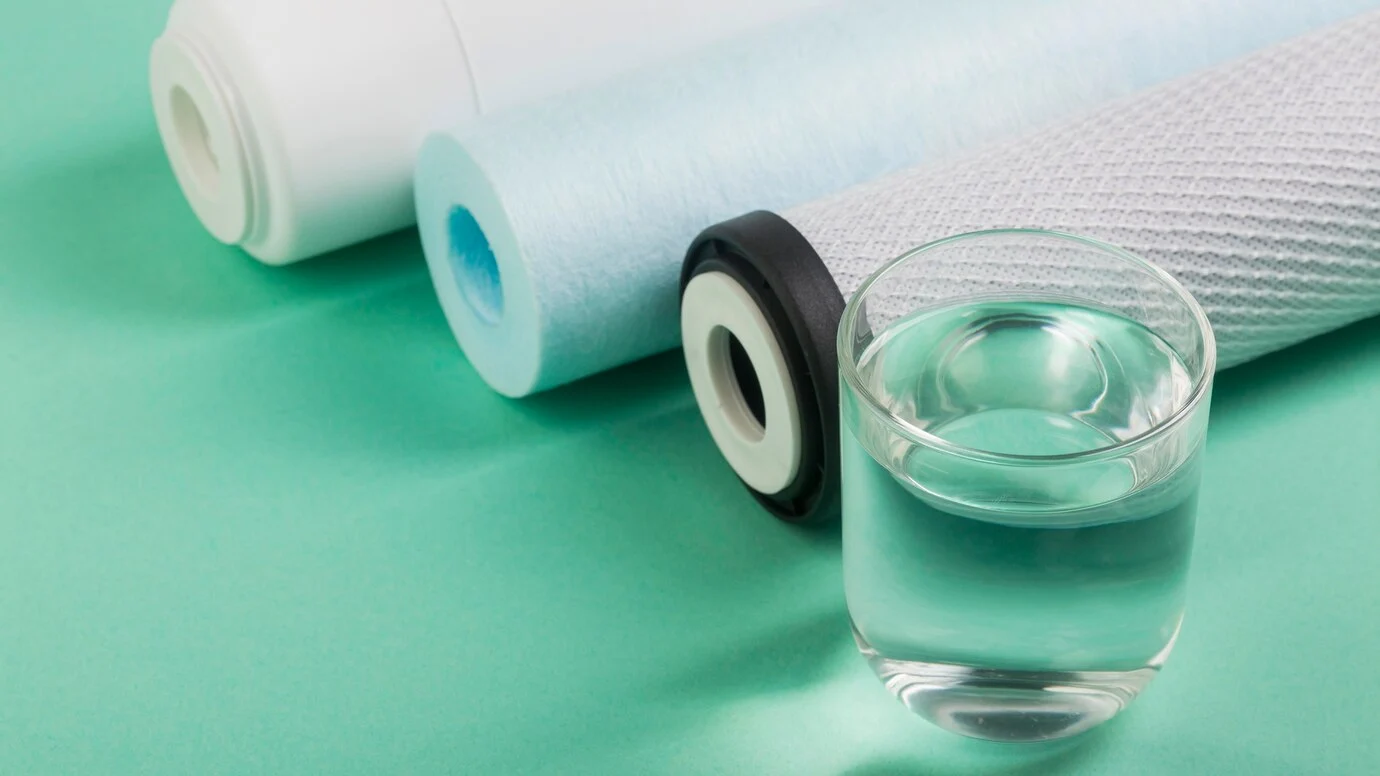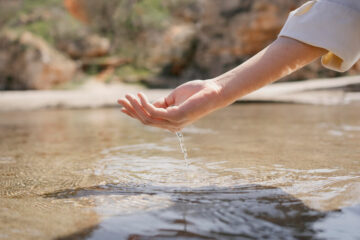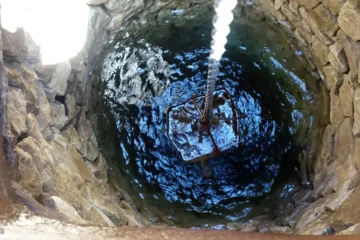It’s well known that people can go weeks without food, but only three days without water. Our bodies are mostly made of water. Cleaning your well water naturally is really important. Dirty well water can hurt people and animals.
In this article, we’ll talk about the simplest way to clean your well water naturally. Also, we’ll talk about what happens when well water isn’t treated properly and how it can be harmful.
Factors That Ensure Clean Well Water
If you don’t have enough money to clean your well water, you should still clean your well properly. Proper well cleaning reduces the chances of your well water getting dirty.
Certain factors can make your well water dirty:
1. Dirty Well Cap
Make sure your well cap, whether it’s metal or plastic, is tightly closed and undamaged. Even though well caps might not seem important, it’s crucial to check them regularly. When you inspect your well, make sure the cap is 16 inches above the ground. This lets air flow through the cap’s vent properly.
Check the casing, whether it’s plastic or metal, for any holes. If you find any holes, get them fixed by local well contractors as soon as possible.
Insects might get in, especially in winter. This isn’t just dirty, but insects can also spread diseases. Keeping bugs out of your well water is essential for keeping it clean.
Above all, make sure your well cap is secure. It shouldn’t be easy to move. Keeping your well cap stable is really important for keeping your water clean and safe.
2. Waste Near Your Well
Don’t put fertilizer or any waste near your well casing. Keep waste at least 30 feet away from the well cap to avoid contaminating the water. Even from that distance, waste can still get into the water.
If your water gets contaminated with coliform or E. coli, you can use a PurAClear chlorination system to make it safe again.
It’s really important to keep waste far from your well cap. This stops harmful stuff from getting into your water, even if we can’t smell or taste it.
3. Improper Filtration System
A bad filtration system in well water can make it dirty and unsafe. Bacteria, viruses, chemicals, and dirt can get in, making the water taste bad and smell bad too. It might not look good either. This can also damage pipes and appliances.
It’s important to test the water often and use the right filters to keep it safe and clean for drinking.
How to Clean Well Water Naturally?
Knowing how to take care of a well water system is important even after it’s installed. This is especially true if your family only uses one well. Harmful chemicals in the water can be a big problem, and we might not even realize they’re there until it’s too late. But you don’t need to be a plumber or a scientist to keep your well water safe.
Here are some tips on how to maintain your well and deal with contamination if it happens:
Step 1: Test Your Water
In suburban areas like Barrington Hills, Crystal Lake, and Long Grove in Chicagoland, testing your water is very important. Your well water could have harmful things like chemicals or animal waste in it. While public water is regularly checked, testing your well is your responsibility. If you don’t do it, no one else will.
It’s best to test your water following the Environmental Protection Agency’s (EPA) standards. Usually, local governments test for things like nitrates, lead, and bacteria (like E. coli). But the EPA checks for many more contaminants.
Step 2: Turn Off Your Well
Before you start, make sure to turn off the power to the pump. Also, put any water treatment equipment into bypass mode. If you skip these steps, the treatment equipment could get damaged.
Step 3: Remove The Cap
Start by taking off the cap from the well’s top. Then, pour vinegar and chlorine into the well in one smooth pour, without stopping, and be careful to avoid electrical connections and the pitless adapter if there is one.
It’s really important not to mix vinegar and bleach above ground.
Step 6: Add Chlorinated Water
Attach a clean hose to a faucet nearby and put the other end into the top of the well. Turn on the faucet and let the chlorinated water circulate for one hour. Make sure it goes all around the inside of the well casing and pump piping to get rid of any extra chlorine.
When the hour is up, turn off the hose and put the cap back on the well securely.
Step 7: Odor of Chlorine In Your Well Water
Turn on each indoor faucet one at a time and let the water run until you can smell a strong chlorine odor. When you smell the odor, turn off the faucet.
Let the chlorine solution stay in the well and plumbing system for 8 hours or overnight.
Step 8: RUN Your Well Water System
Run water through the entire system until you can’t smell chlorine anymore. Start by letting the chlorinated water run outside, but make sure it doesn’t go into lakes or streams because it can harm fish and other water animals.
Also, be careful because the solution can kill grass, shrubs, and mess up septic systems. It’s better to use a backyard ditch or a side area where the soil can soak up the solution, as long as it’s not connected to a lake or stream.
Step 9: Remove Rusty Well Water
After getting rid of the chlorine, shut off the outside faucets and then open the other indoor faucets to flush them. At first, you might see rusty water coming out of the faucets, so keep flushing until the water runs clear. This only takes a few minutes.
Step 10: At The End
After flushing out the whole system, close all faucets. Then, follow the manufacturer’s instructions or advice from your water treatment professional to change any water treatment filters and clean water treatment devices.
Once they’re cleaned, put the water treatment system back into action. Now, the chlorination process for the water well system is finished.
Conclusion
To sum up, keeping well water clean is really important for people and animals’ health. If we don’t take care of our wells properly, they can get dirty, which is really dangerous. Things like having secure well caps, keeping waste far away, and using good filtration systems are really important.
Testing the water often and cleaning it with methods like chlorination and flushing are also crucial. By doing these things, we make sure we have safe water for our homes and we help protect the environment too.
FAQs
Why should I clean my well water naturally?
Natural methods for cleaning well water are often safer for both the environment and human health compared to chemical treatments.
What are some common contaminants found in well water?
Common contaminants in well water include bacteria, viruses, heavy metals like lead and arsenic, pesticides, nitrates, and various organic compounds.
How can I test my well water for contaminants?
You can test your well water by using home testing kits or by sending samples to a certified laboratory for comprehensive analysis. It’s essential to regularly test your well water to ensure it meets safety standards.
What are some natural methods for cleaning well water?
Natural methods for cleaning well water include aeration, filtration using materials like activated charcoal, sand, and gravel, and the use of certain plants like water hyacinth and duckweed that can absorb contaminants.
How does aeration help clean well water?
Aeration involves exposing water to air, which helps to release volatile organic compounds and gases like hydrogen sulfide. This process can also promote the growth of beneficial bacteria that help break down contaminants.





